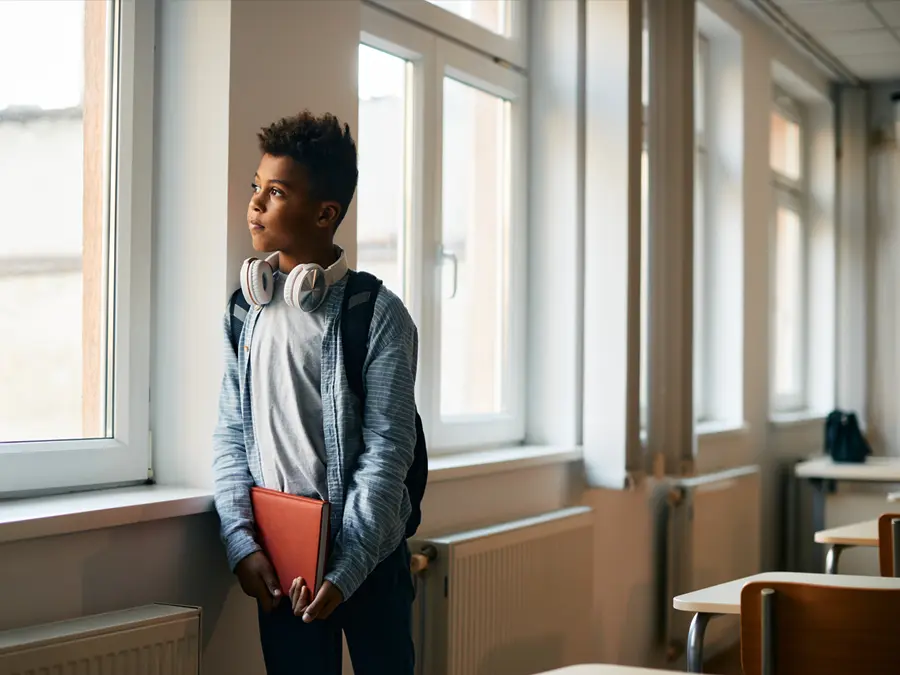Anxiety disorders are treatable, yet only one-third of afflicted individuals actually receive treatment. Learn more about the symptoms, diagnosis, and treatment of anxiety and other common mental health conditions.
Common conditions
Young adulthood is often a peak time for the clinical onset of many mental health illnesses. The experts at the Center for Youth Mental Health are qualified to help young people navigate a wide variety of mental health issues.


Types of anxiety and related conditions
The prevalence of anxiety disorders
Anxiety disorders are the most prevalent class of mental health problems affecting children and young adults in the United States, collectively affecting roughly one in every three adolescents. Anxiety disorders typically begin in childhood, and when left untreated can persist and become chronic conditions associated with a considerably reduced quality of life.

Identifying anxiety and the need for clinical care
While normal levels of anxiety may be helpful, excessive anxiety can cripple a young person’s ability to function, undermine their lives going forward, and endanger their overall welfare. Adolescents are particularly vulnerable to anxiety as they transition into adulthood. More so than at any other time in life, the adolescent brain is capable of remarkable adaptability. Unfortunately, this challenging developmental phase is also a peak time for the clinical onset of many mental illnesses.
Anxiety and avoidance behavior can have a damaging impact on outcomes related to school, friendships, and familial or intimate relationships. When anxiety becomes so disruptive that it interferes with an individual’s daily life, it's time to seek support from a trained clinician.



